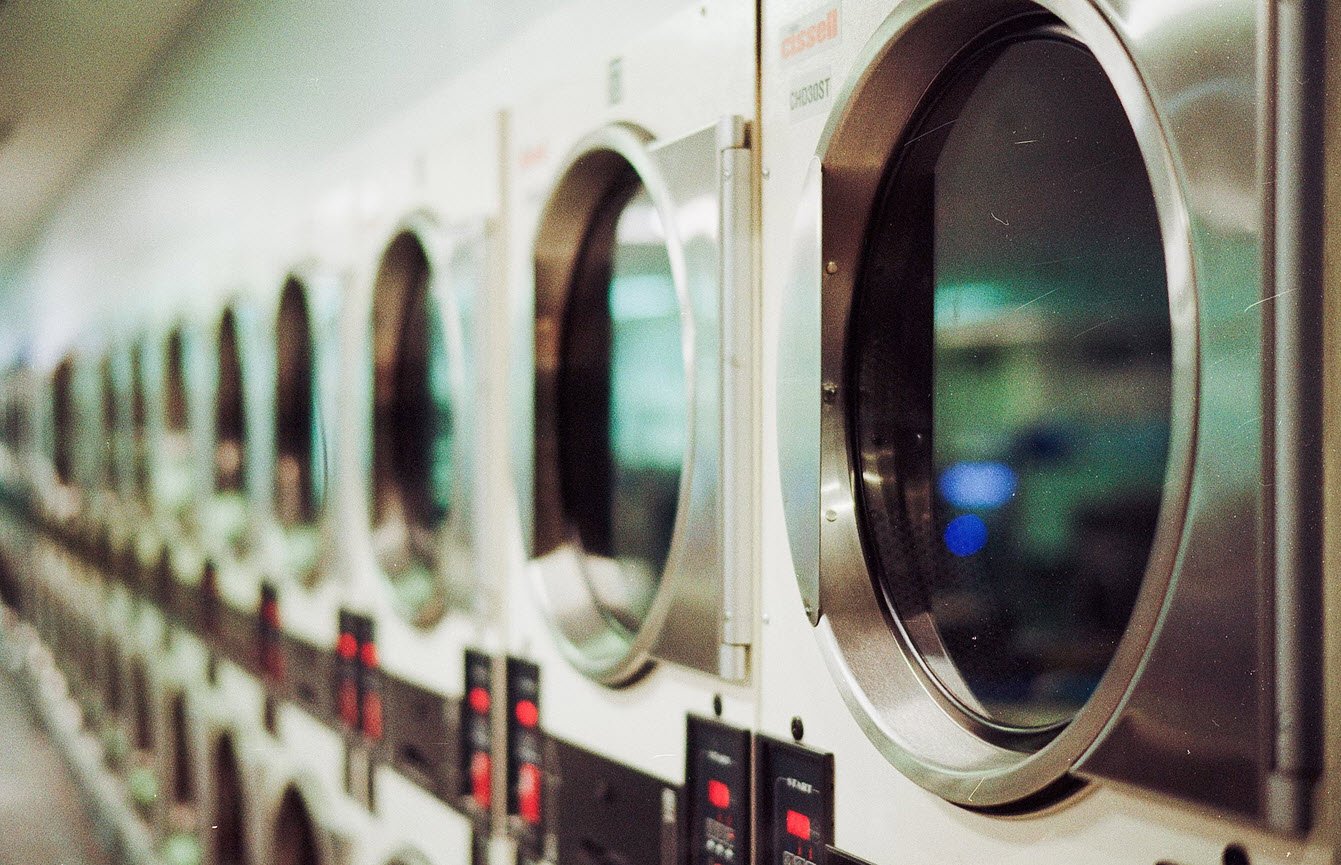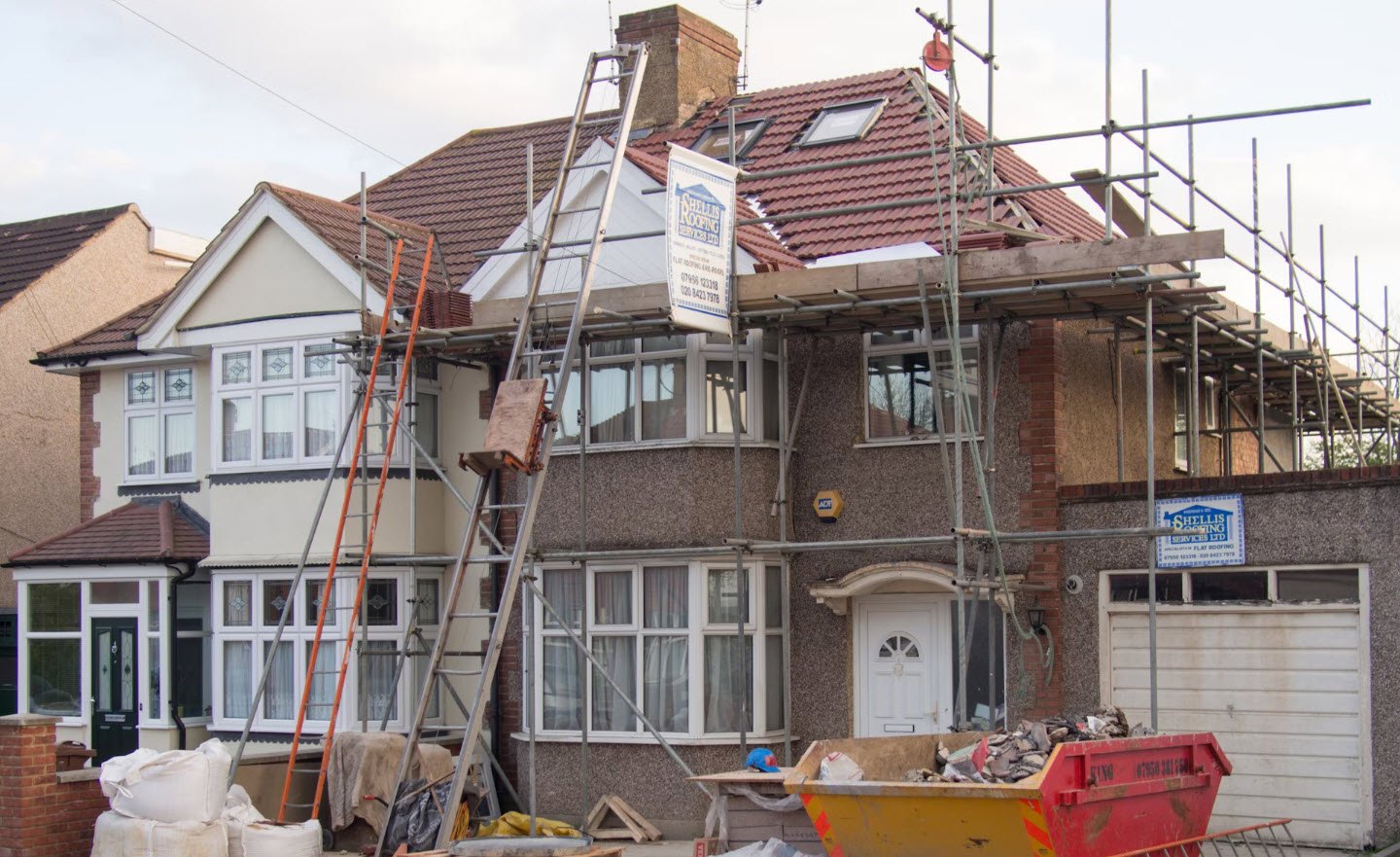
Tankless water heaters, also known as on-demand water heaters, have gained popularity for their energy efficiency and ability to provide hot water as needed. Unlike traditional water heaters, tankless units don’t store hot water but heat it on-demand. Proper venting of tankless water heaters is crucial to ensure safe and efficient operation.
Here are eight essential facts to know about venting tankless water heaters:
- Direct Venting
- Concentric Venting
- Side Wall Venting
- Outdoor Installation
- PVC Venting
- Recessed Installation
- Common Venting
- Attractive Terminations
1. Direct Venting
Tankless water heaters can be directly vented, meaning they have their own venting system. A direct venting unit typically uses a single pipe to draw in combustion air from the outside while venting exhaust gases outdoors. This method is common in many tankless water heater installations.
2. Concentric Venting
Concentric venting is a space-saving option where the tankless water heater uses a single vent pipe with two channels. One channel draws in fresh air for combustion, while the other removes exhaust gases. This design simplifies the venting process and is suitable for installations with limited space.
3. Side Wall Venting
In situations where vertical venting isn’t practical, tankless water heaters can be vented horizontally through a side wall. Proper clearances and materials are essential to ensure safety and prevent exhaust gases from re-entering the home.
4. Outdoor Installation
Some tankless water heaters are designed for outdoor installation, eliminating the need for venting altogether. These units are typically placed on an exterior wall and have built-in weatherproofing to protect them from the elements.
5. PVC Venting
Tankless water heaters are often compatible with PVC venting. PVC pipes are lightweight, corrosion-resistant, and easy to work with. However, it’s essential to follow manufacturer guidelines for pipe sizing and installation.
6. Recessed Installation
To save space and create a sleeker appearance, tankless water heaters can be recessed into walls or cabinets. Proper venting is still crucial, and clearances must be maintained to ensure safe operation.
7. Common Venting
In situations where multiple tankless water heaters are installed together, they can share a common vent system. This method requires proper engineering and design to ensure that exhaust gases are effectively expelled and that combustion air is provided as needed.
8. Attractive Terminations
To maintain a visually appealing exterior, tankless water heater vent terminations can have attractive covers. These covers are designed to protect against weather and pests while maintaining an aesthetic appearance on the outside of your home.
When venting tankless water heaters, it’s crucial to consult the manufacturer’s guidelines and local building codes to ensure proper installation and safety. Proper venting not only ensures that the unit operates efficiently but also prevents the release of harmful combustion byproducts, such as carbon monoxide, into your living space.
Whether you choose direct venting, concentric venting, side wall venting, or any other method, it’s essential to prioritize safety and adhere to best practices when installing and venting your tankless water heater.
You may also like:- Don’t Buy A House In These 5 US Cities
- A Guide to Prepare for Your First Home Purchase
- A Comprehensive Guide to Saving on Major Appliances
- How to Save on Home Improvement – Cost-Effective Tips for Enhancing Your Space
- Practical Tips and Strategies for Saving Money on Furniture Purchases
- 51 House Cleaning Shortcuts to Save Time and Effort
- 5 Signs of a Good Air Duct Cleaning
- Tenant’s Guide – 5 Things to Remember When You Move In
- 7 Simple Reasons Why You Need a Network Security Camera for Your Home
- Fire Safety Checklist for Home – A Comprehensive Guide








